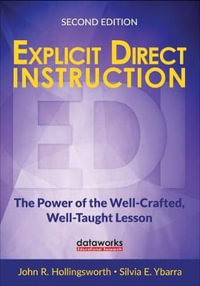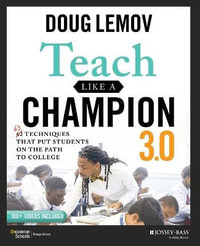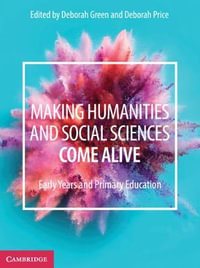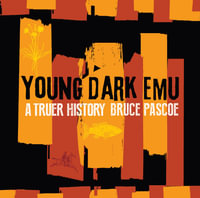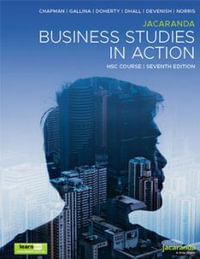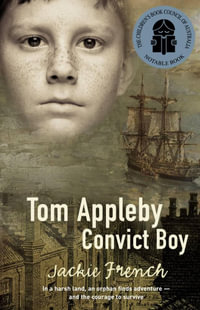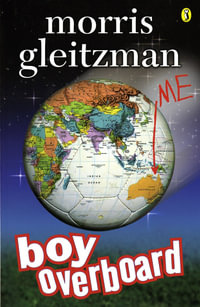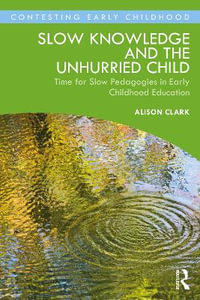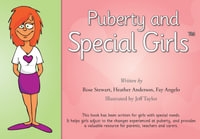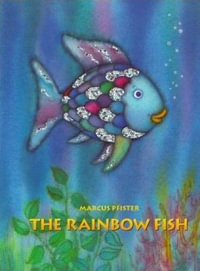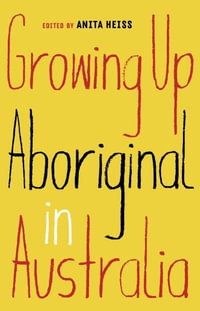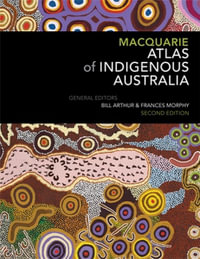| List of illustrations | p. x |
| Preface | p. xi |
| Acknowledgments | p. xiv |
| Informational reading and writing: A developmental approach | p. 1 |
| Introduction: some recent history | p. 1 |
| The texts: informational reading and writing | p. 3 |
| Criteria for judging non-fiction | p. 4 |
| Illustrations | p. 5 |
| Kinds of reading and writing | p. 9 |
| Language as a social phenomenon | p. 9 |
| The children: a developmental approach | p. 10 |
| Teaching and learning strategies | p. 12 |
| Helping children organise prior knowledge | p. 13 |
| Starting from the specific | p. 13 |
| Children's questions | p. 13 |
| Modelling different kinds of non-fiction reading | p. 14 |
| Collaboration: creating a community of young researchers | p. 15 |
| Integrating reading and writing with other activities | p. 15 |
| Supporting children's organisation of their writing | p. 15 |
| Helping with the creation of illustrations | p. 17 |
| Sharing all that has been learnt | p. 17 |
| Assessing progress | p. 17 |
| Statutory requirements | p. 18 |
| The National Curriculum | p. 18 |
| The National Literacy Strategy and the literacy hour | p. 18 |
| Non-fiction in schools' policies | p. 19 |
| Further reading | p. 20 |
| Children's books mentioned | p. 20 |
| Pre-school and nursery years (0-5): Entering the world of information | p. 22 |
| Introduction | p. 22 |
| Non-fiction books and resources for the very young | p. 24 |
| Very early books: alphabet, number and colour | p. 24 |
| Non-fiction picture books | p. 25 |
| Early reference books | p. 28 |
| Software | p. 28 |
| A word about illustrations | p. 29 |
| Involving children with the books and resources | p. 30 |
| Information Communication Technology | p. 31 |
| Early non-fiction writing | p. 31 |
| Journeys | p. 34 |
| Ourselves | p. 37 |
| Conclusion | p. 43 |
| Issues to discuss and consider | p. 44 |
| Further reading | p. 44 |
| Children's books and resources mentioned | p. 44 |
| Software | p. 46 |
| Star books for the under-fives | p. 46 |
| Informational reading and writing at key stage 1 (5-7): Enjoying and learning about finding out | p. 47 |
| Introduction | p. 47 |
| Range issues: materials that are 'individual, strong and alive' | p. 49 |
| Picture books and early information books | p. 50 |
| Non-narrative texts | p. 53 |
| Reference materials | p. 54 |
| Big books | p. 55 |
| Non-fiction in reading schemes | p. 56 |
| Software | p. 57 |
| Illustrations | p. 59 |
| Strategies to support children's reading and writing across the curriculum | p. 60 |
| Involving children with the organisation of resources | p. 60 |
| Supporting reading for information | p. 61 |
| Supporting children's non-fiction writing | p. 64 |
| Writing with a word processor | p. 66 |
| The National Curriculum at key stage 1 (5-7) | p. 71 |
| The literacy hour at key stage 1 | p. 72 |
| Snails | p. 73 |
| The impact of the word processor on early writing | p. 76 |
| Drama and writing | p. 81 |
| Conclusion | p. 87 |
| Issues to discuss and reflect on | p. 87 |
| Further reading | p. 88 |
| Children's books and resources mentioned | p. 89 |
| Reading schemes | p. 90 |
| Software | p. 90 |
| Star books: nourishing wonder and curiosity | p. 91 |
| Informational reading and writing at key stage 2 (7-9): Making progress in satisfying and pleasurable contexts | p. 92 |
| Introduction | p. 92 |
| Range issues: choosing texts to inform and to feed the imagination | p. 93 |
| Chronological non-fiction | p. 94 |
| Non-narrative texts | p. 95 |
| Big books | p. 96 |
| Reading schemes and programmes | p. 97 |
| Reference material | p. 98 |
| Software | p. 100 |
| Letters, flyers, newspaper articles and advertisements | p. 101 |
| Illustrations to invite young readers in | p. 102 |
| Strategies to help children make progress | p. 103 |
| Supporting children's non-fiction reading | p. 104 |
| Supporting children's non-fiction writing | p. 106 |
| The National Curriculum at key stage 2: non-fiction reading | p. 113 |
| Non-fiction in the literacy hour, Years 3 and 4 | p. 113 |
| Making pizza | p. 114 |
| Animals in danger | p. 118 |
| Conclusion | p. 120 |
| Issues to discuss and reflect on | p. 120 |
| Further reading | p. 121 |
| Children's books and resources mentioned | p. 122 |
| Software | p. 124 |
| Star books for the mid-primary years | p. 124 |
| Informational reading and writing at key stage 2 (9-11): Meeting new challenges creatively | p. 126 |
| Introduction | p. 126 |
| Range issues: existing and new genres | p. 127 |
| Range of non-fiction genres in the National Curriculum and the literacy hour | p. 128 |
| Developing children's understanding of genres already encountered | p. 129 |
| New genres for Years 5 and 6 | p. 136 |
| Software and the Internet | p. 140 |
| Illustrations: a neglected element of non-fiction books and resources | p. 141 |
| Strategies to support reading and writing across the curriculum | p. 143 |
| Non-fiction in the literacy hour: reading at text, sentence and word level | p. 143 |
| Scaffolding reading | p. 145 |
| Supporting non-fiction writing | p. 145 |
| Learning from illustrations | p. 148 |
| Journalistic kinds of writing | p. 150 |
| Learning to express a viewpoint | p. 151 |
| Conclusion | p. 153 |
| Issues to discuss and reflect on | p. 154 |
| Further reading | p. 155 |
| Children's books and resources mentioned | p. 155 |
| Software | p. 157 |
| Star books for older juniors | p. 157 |
| Young researchers with special literacy needs | p. 158 |
| Introduction | p. 158 |
| Range of resources | p. 159 |
| Choosing books and resources for struggling young readers | p. 159 |
| Choosing books and resources for gifted young readers | p. 160 |
| Strategies to help | p. 161 |
| Scaffolding for struggling readers and writers | p. 161 |
| Encouraging gifted young readers and writers | p. 162 |
| Helping children learn English as a second language | p. 162 |
| Girls, boys and non-fiction | p. 163 |
| Whales | p. 164 |
| Using the computer -- pets | p. 165 |
| Fossils and dinosaurs | p. 166 |
| Squirrel illnesses | p. 167 |
| Dolphins | p. 168 |
| Plague doctor | p. 169 |
| Issues to discuss and reflect on | p. 170 |
| Further reading | p. 171 |
| Children's books and resources mentioned | p. 171 |
| ICT for children with special literacy needs | p. 172 |
| Recording progress: Assessment of children's informational reading and writing | p. 174 |
| Introduction | p. 174 |
| Formative assessment | p. 176 |
| The role of observation | p. 176 |
| Recording progress | p. 177 |
| Children's reading diaries or journals | p. 178 |
| Collecting examples of children's work | p. 178 |
| Responding to children's writing | p. 179 |
| Children's self-assessment | p. 180 |
| Summative assessment | p. 180 |
| Standard Assessment Tasks for reading and writing | p. 180 |
| The National Literacy Strategy and Assessment | p. 182 |
| Issues to discuss and reflect on | p. 182 |
| Further reading | p. 183 |
| Postscript | p. 184 |
| Appendix | p. 185 |
| References | p. 187 |
| Name index | p. 192 |
| Subject index | p. 194 |
| Table of Contents provided by Syndetics. All Rights Reserved. |


